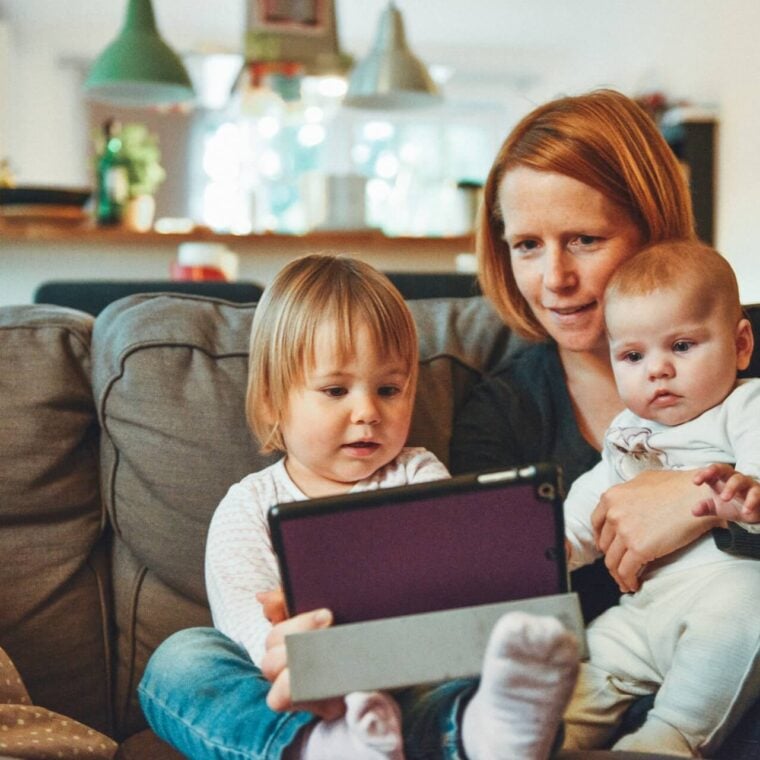Adult clothing manufacturers and baby clothing manufacturers may share many similarities, but there are also key differences in the process due to the specific requirements and safety considerations for each category. Here’s an overview of the main differences in the manufacturing process:
- Fabric Selection:
- Adult Clothing: Fabric selection for adult clothing can vary widely depending on the design, style, and intended use of the garment. Manufacturers may use a wide range of fabrics, from natural fibers like cotton and silk to synthetic materials like polyester and spandex.
- Baby Clothing: Baby clothing is typically made from softer, breathable, and hypoallergenic fabrics to ensure the baby’s comfort and safety. Common choices include organic cotton, bamboo, and blends that are gentle on a baby’s sensitive skin.
- Sizing and Patterns:
- Adult Clothing: Adult clothing comes in a wide range of sizes and styles to fit various body shapes. Patterns and sizing are more complex and diverse.
- Baby Clothing: Baby clothing is sized based on age (e.g., 0-3 months, 3-6 months) and is designed to be easy to put on and take off. Patterns are often simpler to accommodate the smaller size of the garments.
- Safety Standards:
- Adult Clothing: While there are quality and safety standards for adult clothing, they are generally less stringent than those for baby clothing. Adult clothing does not need to meet the same strict requirements for choking hazards, small parts, or chemical content.
- Baby Clothing: Baby clothing must adhere to strict safety standards to ensure it is free from choking hazards, small buttons or decorations, needles and harmful chemicals. Manufacturers should use non-toxic dyes and finishes. Baby clothes manufacturers will need to put every packed garment in to Metal detector machine to ensure there are no metals are present in the garment.
- Stitching and Fastenings:
- Adult Clothing: Adult clothing can have more complex stitching and fastenings, including zippers, buttons, and hooks.
- Baby Clothing: Baby clothing often features simpler fastenings, such as snaps, buttons with large backing, or hook-and-loop closures (e.g., Velcro), to make dressing and undressing easier and safer.
- Durability and Wear Resistance:
- Baby Clothing: Baby clothing is often designed with durability in mind, as it needs to withstand frequent washing due to spills and diaper changes.
- Adult Clothing: Durability can vary widely depending on the intended use and quality of adult clothing.
- Design and Aesthetics:
- Adult Clothing: Adult clothing designs are diverse, and fashion trends play a significant role in design choices.
- Baby Clothing: Baby clothing designs often prioritize simplicity, comfort, and cute or whimsical patterns.
In summary, while both adult and baby clothing manufacturing involve sewing, cutting, and quality control processes, the choice of materials, safety standards, sizing, and design considerations differ significantly between the two. Baby clothing manufacturing places a stronger emphasis on safety, comfort, and ease of use due to the vulnerability of infants and toddlers. Therefore it is essential clothing brands must how to find a baby clothing manufacturer factory and adult clothing manufacturer in order to get the best quality.

